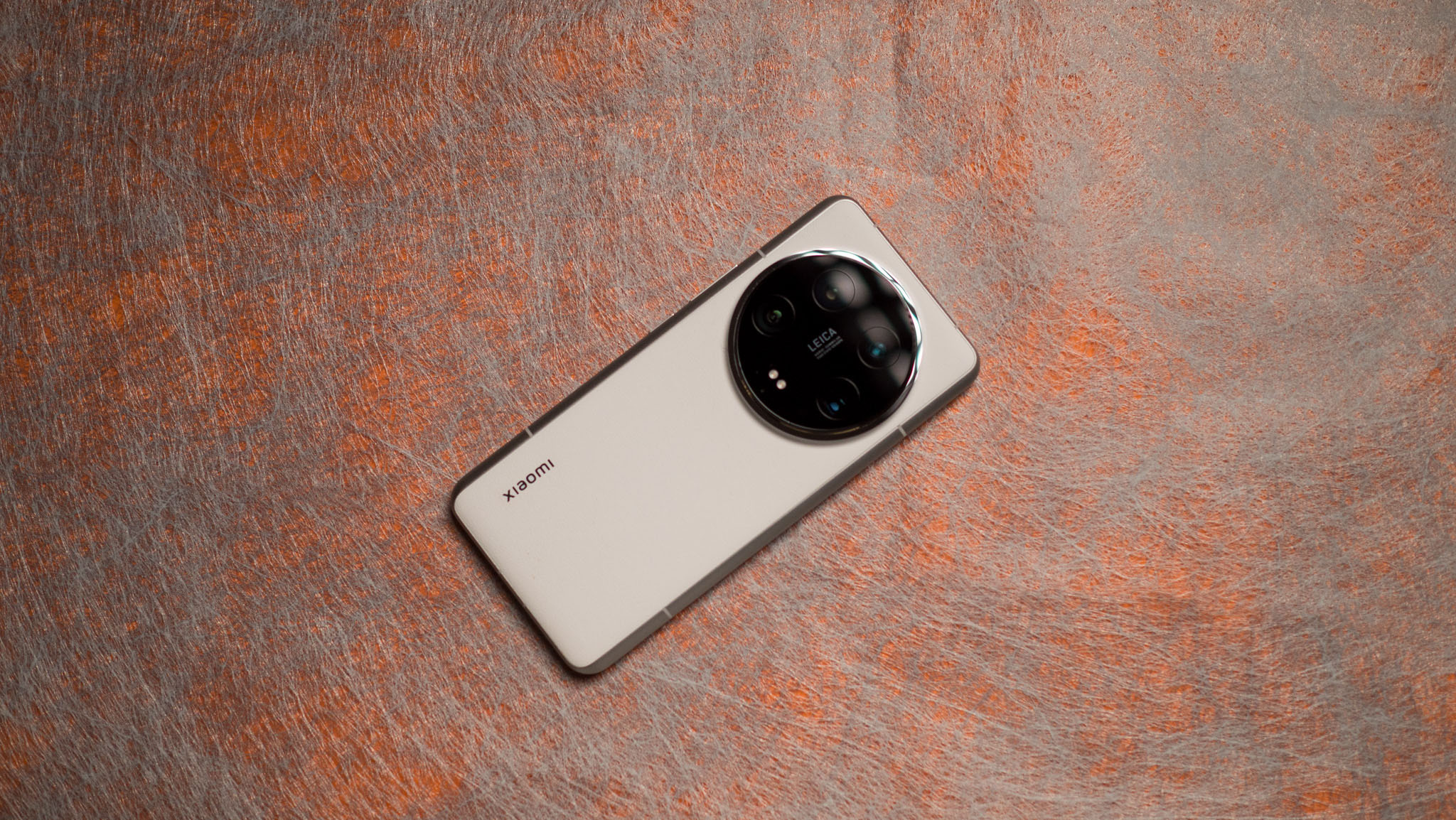Android Central Verdict
The Xiaomi 14 Ultra has the best cameras of any phone today, and it has noteworthy upgrades from last year. All four 50MP cameras at the back take truly outstanding photos and videos in any scenario, and there are exciting tweaks in other areas as well. The design is much more polished, the hardware is among the best, you get a fantastic AMOLED panel, massive battery that lasts all day, and all the other extras that you need in this segment. Xiaomi isn't resting on its laurels, and if you're serious about taking photos and videos with your phone, the Xiaomi 14 Ultra should be at the top of your list.
Pros
- +
Meaningful design changes
- +
The best camera package of any phone today
- +
Bright AMOLED panel
- +
Battery lasts over a day with ease
- +
Outstanding hardware
- +
All the extras you need
Cons
- -
Costlier than Galaxy S24 Ultra in some regions
- -
Overheats after extended gaming sessions
Why you can trust Android Central
The Xiaomi 13 Ultra was one of my favorite phones of 2023; Xiaomi somehow managed to deliver the best overall camera package of the year, and the rest of the device wasn't all that bad either. So when Xiaomi announced that it was ready to roll out the Xiaomi 14 Ultra, I was immediately excited.
That said, I had my misgivings; 2024 has been a terrific year for phone cameras, with the Honor Magic 6 Pro and Find X7 Ultra setting a very high standard. I wasn't sure how Xiaomi would match these devices — much less beat them — but then I started using the Xiaomi 14 Ultra, and it was a revelation.
You need to use the Xiaomi 14 Ultra for just a few minutes to realize that it is magnificent. I used a lot of phones this year, and the Xiaomi 14 Ultra is the one that stands out the most. It just has that little bit extra that turns a great phone into something truly special.
Xiaomi 14 Ultra: Pricing and release date
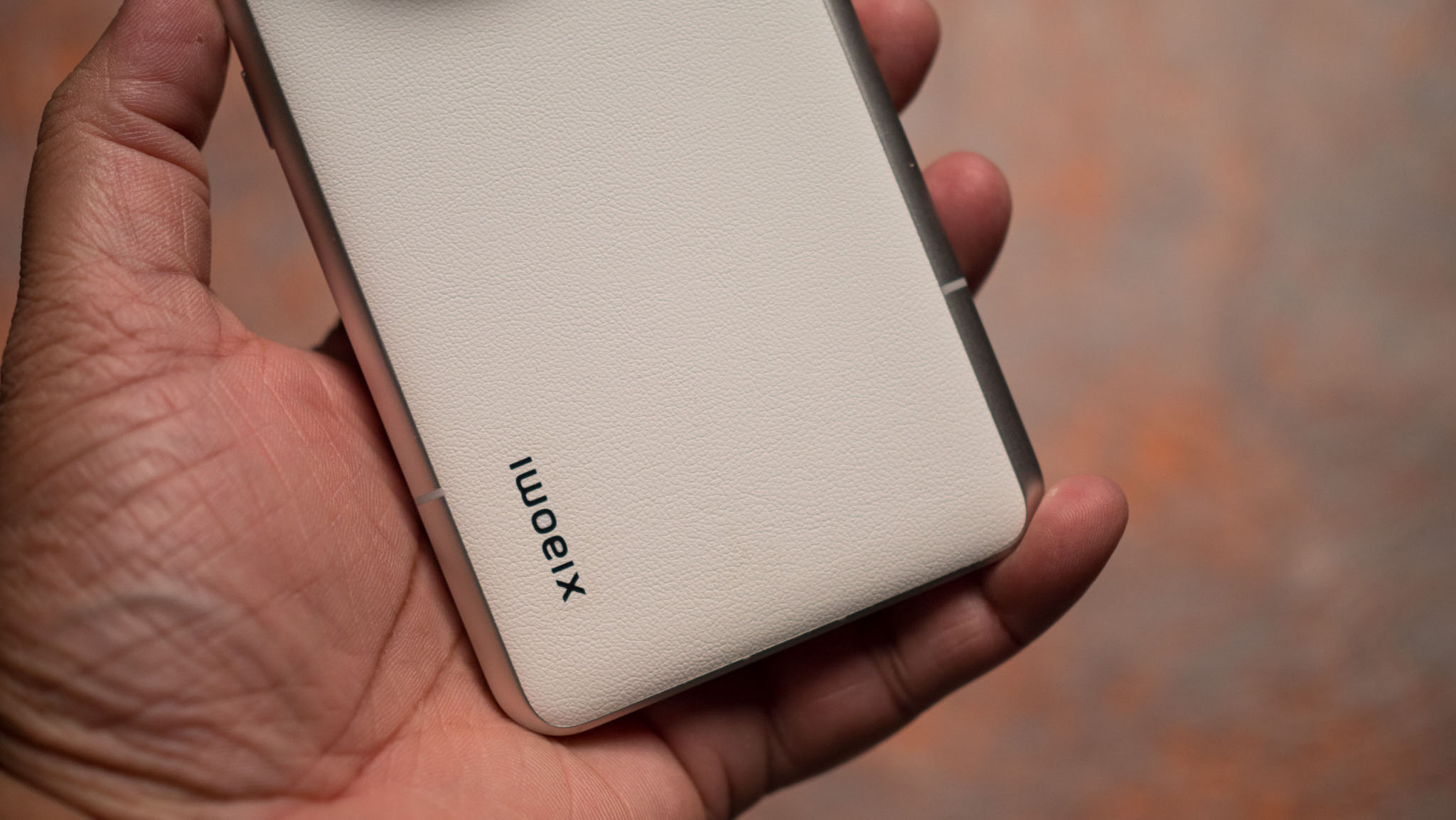
Xiaomi unveiled the Xiaomi 14 Ultra at Mobile World Congress 2024, and the device made its global debut shortly at a launch event in India on March 7. It went on general availability starting March 14, and it is now available in the U.K. and other global markets.
Xiaomi is selling a single version of the Xiaomi 14 Ultra globally, and it comes with 16GB of RAM and 512GB of storage. The phone costs £1,299 ($1,640) in the U.K., and all orders include the Xiaomi Pad 6 as well as the Xiaomi 14 Ultra Professional Kit — a £300 value. The Xiaomi 14 Ultra costs €1,499 ($1,620) in Germany and other parts of the region, and while all orders come with the Xiaomi 14 Ultra Professional Kit as standard, buyers outside the U.K. don't get the Xiaomi Pad 6.
Xiaomi is doing things differently in India, where the Xiaomi 14 Ultra is available for ₹99,999 ($1,199). That's considerably lower than what the device retails for in most regions, and you get the same 16GB/512GB version. Xiaomi India isn't bundling anything with the device, but the fact that it's so affordable makes it a much better choice than in any other region.
| Category | Xiaomi 14 Ultra |
|---|---|
| Display | 6.73-inch 120Hz LTPO AMOLED (3200x1440), Dolby Vision, 3000 nits max, Xiaomi Shield Glass |
| OS | HyperOS 1.0.5.0, Android 14 |
| Chipset | Qualcomm Snapdragon 8 Gen 3, Adreno 750, 4nm |
| RAM | 16GB LPDDR5X |
| Storage | 512GB UFS 4.0 |
| Rear camera 1 | 50MP f/1.63 - f/4.0 Sony LYT-900, 1-inch module, OIS |
| Rear camera 2 | 50MP f/1.8 Sony IMX858, 1/2.51-inch module, 122-degree FoV |
| Rear camera 3 | 50MP f/1.8 telephoto, 3.2x optical zoom, OIS |
| Rear camera 4 | 50MP f/2.5 telephoto, 5x optical zoom, OIS |
| Front camera | 32MP f/2.0, autofocus |
| Ingress protection | IP68 dust and water resistance |
| Connectivity | Wi-Fi 7, Bluetooth 5.4, global 5G bands, NFC, dual-band GPS |
| Security | Optical in-screen sensor |
| Audio | USB-C, stereo sound, 24-bit/192kHz, Snapdragon Sound, AptX HD, AptX Adaptive |
| Battery | 5000mAh battery, 90W HyperCharge charging, 80W wireless charging |
| Dimensions | 161.4 x 75.3 x 9.2mm, 224.4g |
| Colors | Black, White |
Xiaomi 14 Ultra: Design
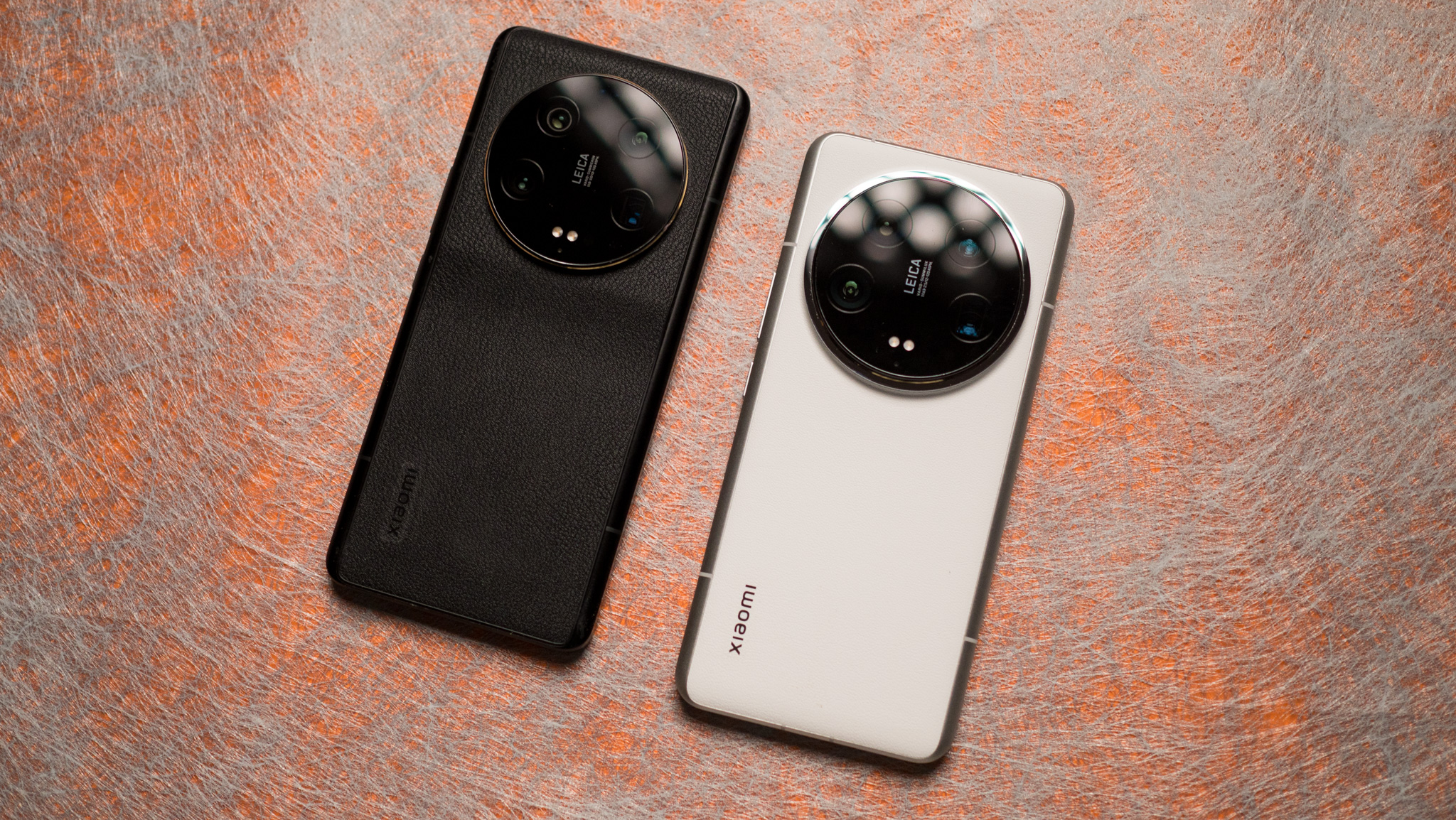
The Xiaomi 13 Ultra got a lot right last year, but the camera island was massive, and it sat on a raised platform that made using the phone without a case annoying. While Xiaomi retained the same broad design, it made several tweaks that make holding and using the Xiaomi 14 Ultra that much easier.
Get the latest news from Android Central, your trusted companion in the world of Android
Like previous years, the Xiaomi 14 Ultra has no design similarities to the rest of its siblings; the Xiaomi 14 has an entirely different aesthetic, and it isn't evident that both phones are in the same series. Having said that, I think the Xiaomi 14 Ultra is one of the best-looking phones Xiaomi released in recent years, and the white variant in particular is stunning.
You still get a leather back, and it now covers the entire width of the phone. Just like last year, the mid-frame extends to the back where it merges seamlessly with the leather, and it looks rather cool. Xiaomi uses an aluminum mid-frame in global models of the Xiaomi 14 Ultra, and I was keen on using the titanium version of the device to see how it would hold up against the iPhone 15 Pro Max and Galaxy S24 Ultra, but it is limited to China.
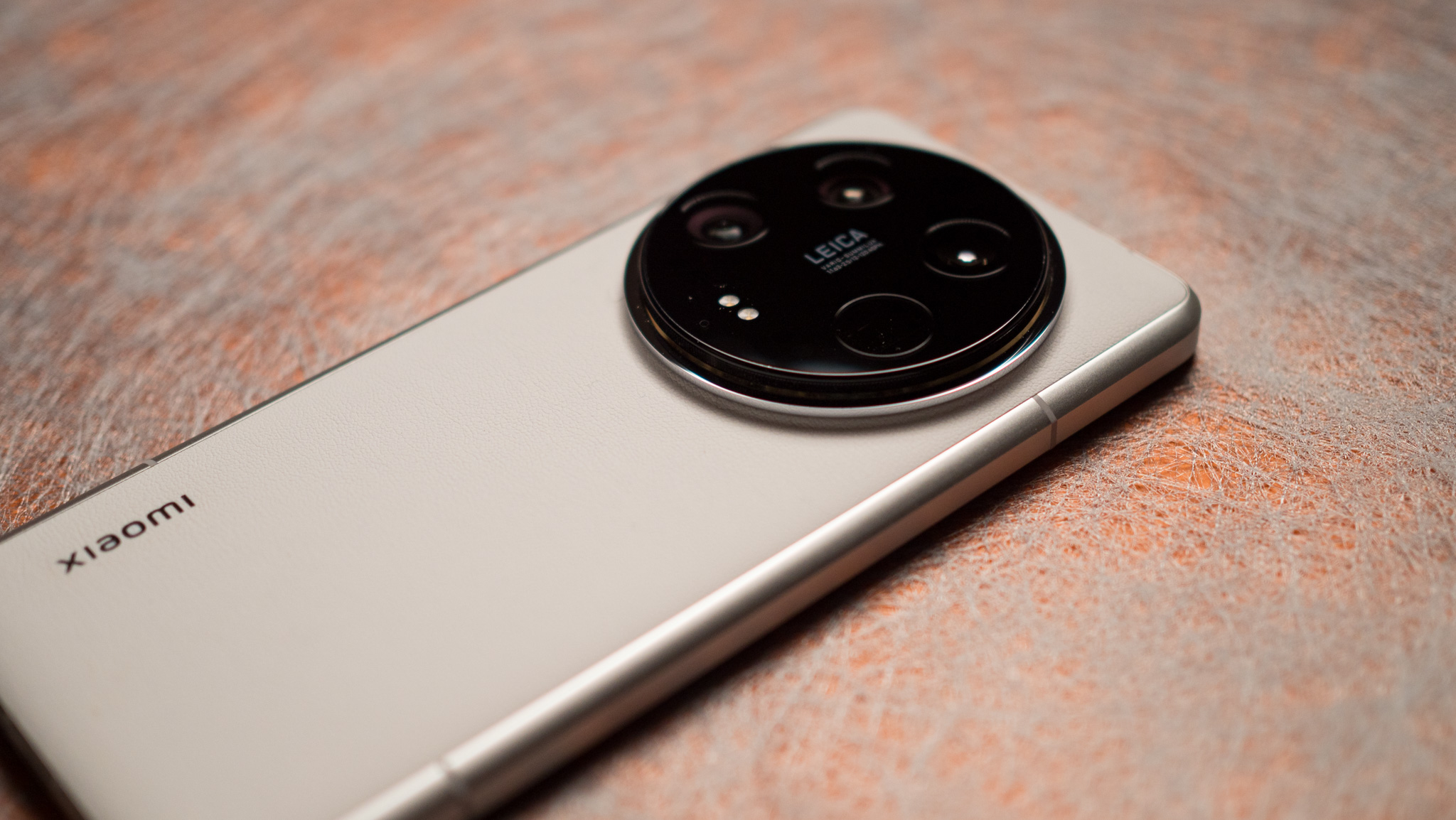
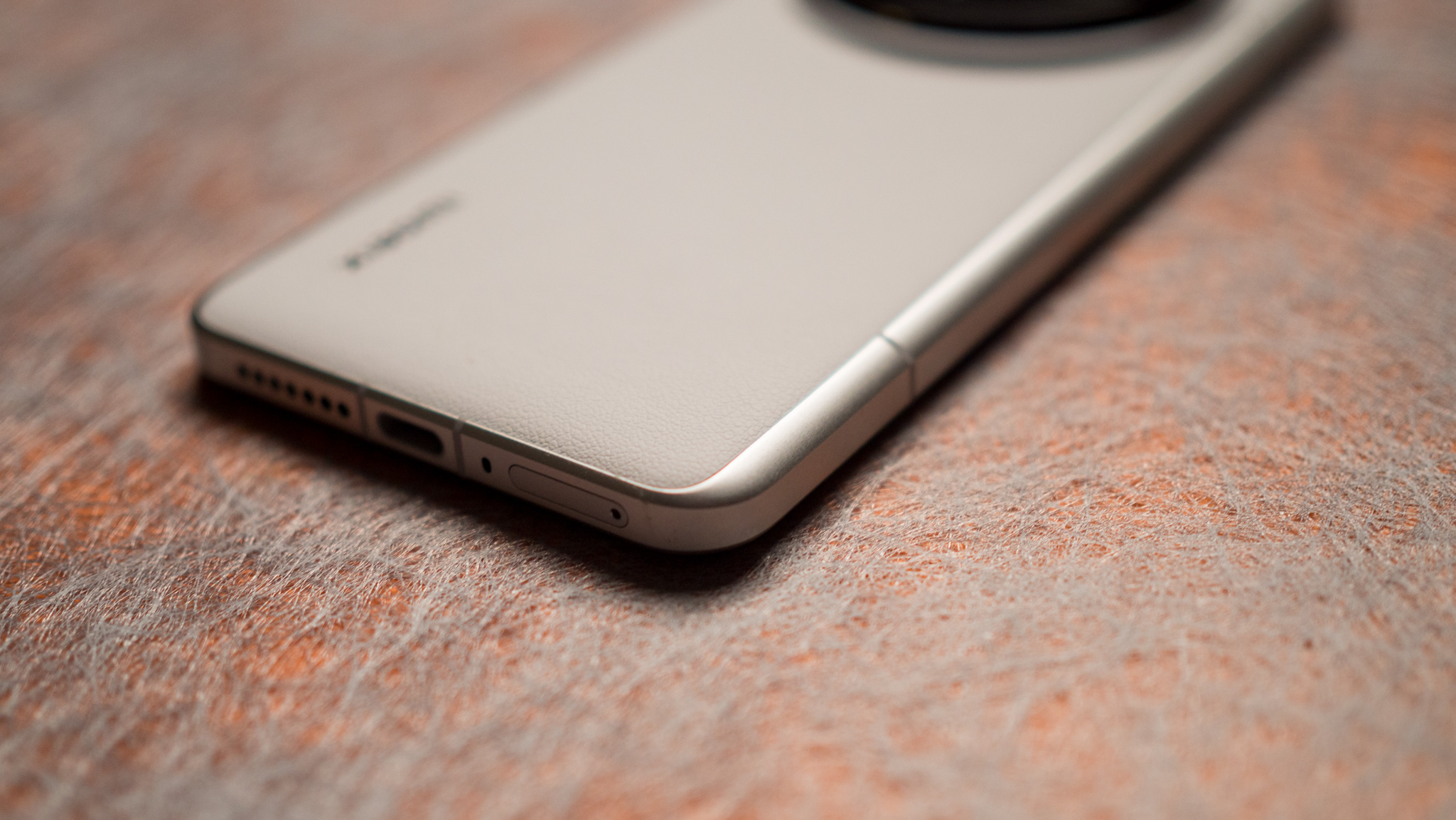



The camera housing at the back is nearly unchanged from last year, and the only difference is that it is even larger. You still get a gold accent that encircles the housing, and the sheer size makes it stand out visually. Having used the Xiaomi 13 Ultra extensively, the Xiaomi 14 Ultra has a much better in-hand feel; the device is a smidgen shorter and wider than its predecessor, and that is noticeable when using both phones next to each other.
The power and volume buttons are on the right, and the fingerprint sensor is optimally located on the screen where it can be easily accessed by your thumb when using the phone one-handed. A lot of manufacturers position the module lower on the screen, but that thankfully isn't an issue on this phone.
Talking about non-issues, the Xiaomi 14 Ultra has IP68 ingress protection, giving it the same level of resilience as the best Samsung phones — it's good to see Xiaomi continuing to offer this feature as standard on its high-end devices.
Xiaomi 14 Ultra: Display

The Xiaomi 14 Ultra has the same 6.73-inch AMOLED panel as last year and retains Dolby Vision and HDR10+. The only meaningful difference in this area is that the screen goes up to 3,000 nits in HDR content, and while it tends to get marginally brighter than its predecessor in daily use, it isn't noticeable unless you're using both devices side-by-side.
While there isn't much in the way of an upgrade, the screen has plenty going for it; the LTPO tech ensures the dynamic refresh goes down to 1Hz when viewing static content, you get a great selection of always-on styles, and there's a lot of customizability in general. You can adjust the color balance, change the color gamut, and tweak just about everything to do with the panel.
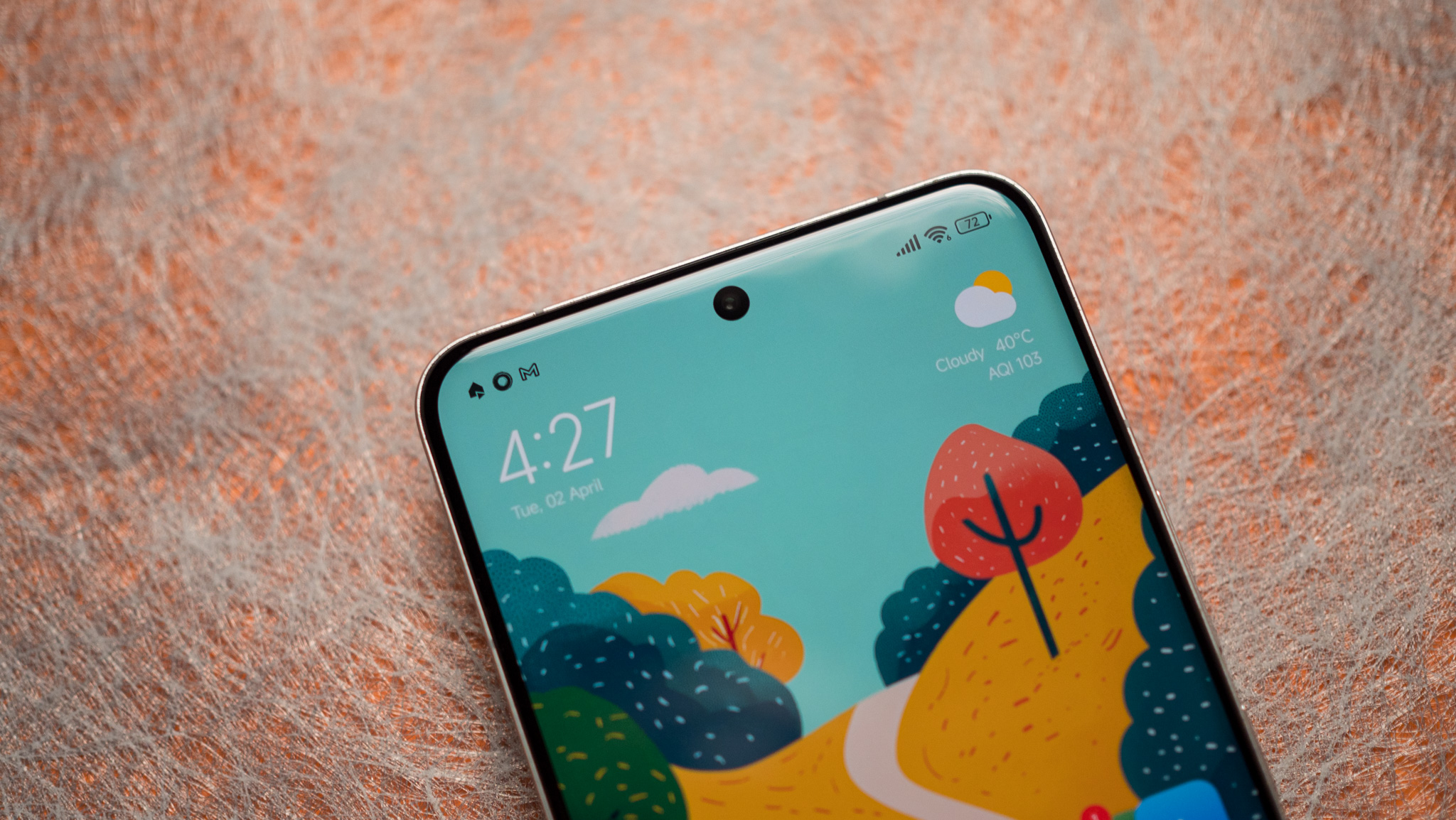
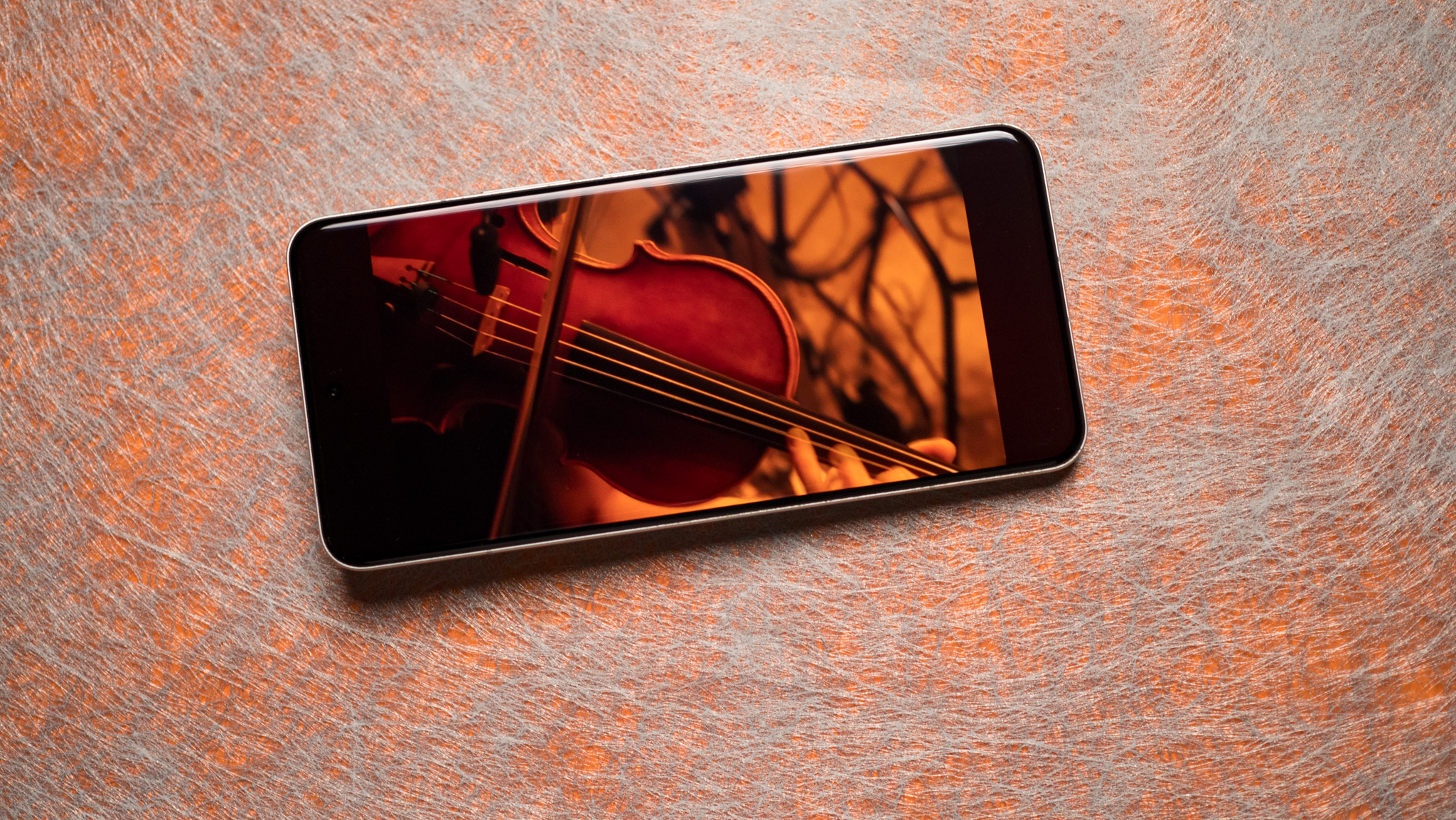

Xiaomi does a great job with color calibration in general, and while the Xiaomi 14 Ultra doesn't quite hit the insane brightness levels posted by the Magic 6 Pro, the AMOLED panel has standout colors and contrast levels and it's outstanding in daily use. I didn't see any issues while streaming content or playing games on the device, and the stereo sound is among the best phone of any phone I tested in 2024.
The one area where things are different is screen protection; Xiaomi is using its own in-house glass layer in lieu of Corning's Gorilla Glass, with the brand noting that it offers much better shatter resistance. I put that to the test (unwittingly, as always) when the device slid down the nightstand and fell to the floor, and thankfully there was no damage.
Xiaomi 14 Ultra: Hardware
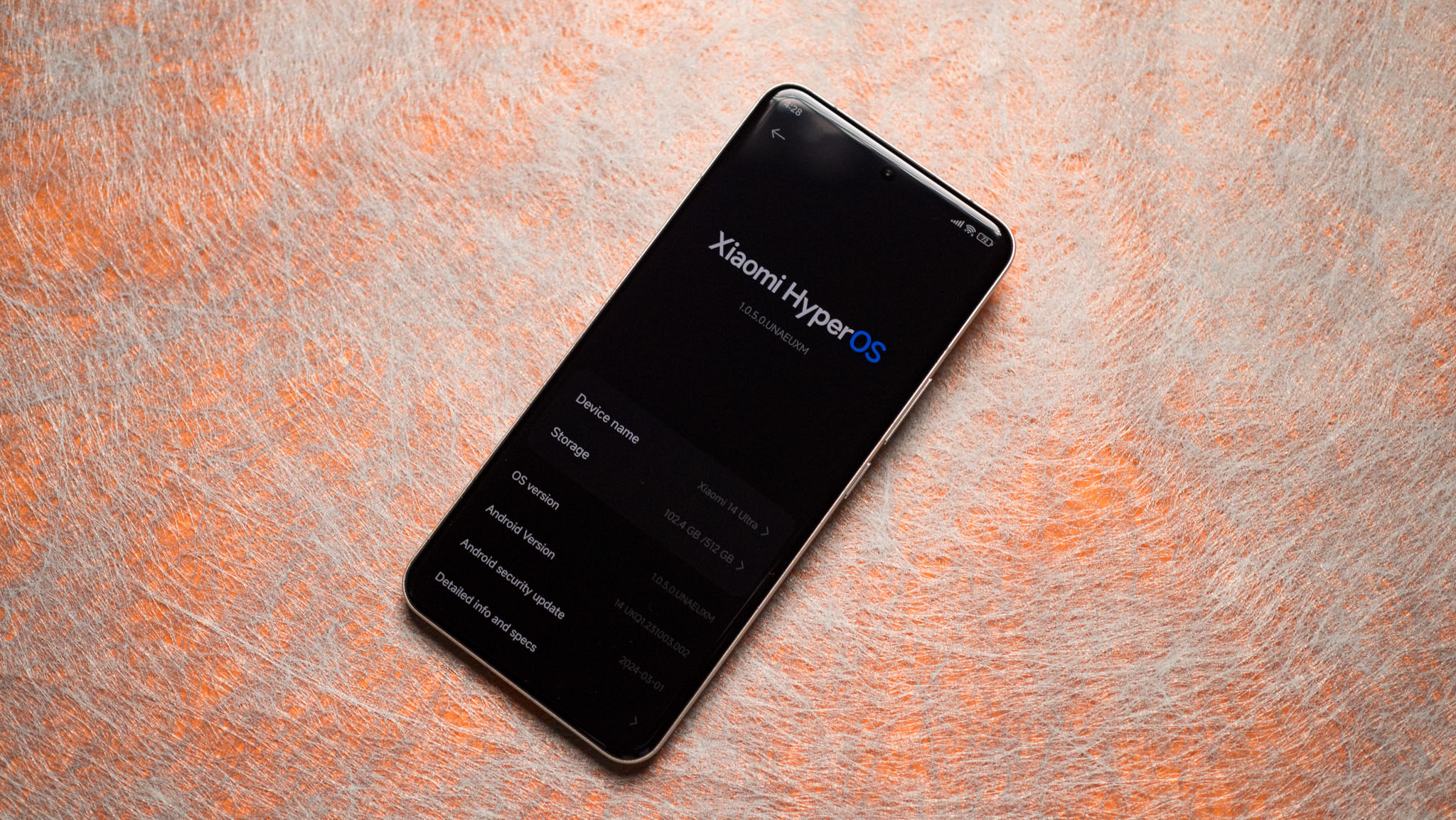
Like its rivals, the Xiaomi 14 Ultra is powered by the Snapdragon 8 Gen 3, and it has all the additional features you'd want in a high-end device. Xiaomi is making a single variant of the phone available in global markets, and it comes with 16GB of LPDDR5X RAM and 512GB of UFS 4.0 storage. I would have liked to see the 1TB model making its global debut, but like other Chinese brands, Xiaomi is limiting that variant to its home market.
The phone has no slowdowns or lag whatsoever in daily use, and while Xiaomi didn't introduce many new software features, it made system stability a priority.
| Category | Xiaomi 14 Ultra | Honor Magic 6 Pro | OPPO Find X7 Ultra |
|---|---|---|---|
| Geekbench 6 (single-core) | 2129 | 1908 | 1254 |
| Geekbench 6 (multi-core) | 6506 | 6816 | 5032 |
| 3DMark Wild Life Extreme (score) | 4519 | 5121 | 4967 |
| 3DMark Wild Life Extreme (FPS) | 27.07 | 30.67 | 29.75 |
| 3DMark Solar Bay (score) | 8129 | 8623 | 8409 |
| 3DMark Solar Bay (FPS) | 30.91 | 32.79 | 31.97 |
Xiaomi intentionally blocks access to 3DMark on its devices, but surprisingly enough, that isn't the case on the Xiaomi 14 Ultra — I was able to launch the utility and run the usual tests. It's clear that Xiaomi set conservative thermal limits on the device, as it didn't get close to the likes of the Zenfone 11 and Magic 6 Pro in a lot of synthetic workloads.
Also, while running the 3DMark Solar Bay stress test, the device got so hot that it effectively shut down. A large Device Overheated message showed up on the screen, and it shut down the radios and went into hibernation. I didn't run into this particular issue on any device in several years — Sony's phones were prone to hit their thermal limit often — but it's no wonder that Xiaomi is being aggressive.
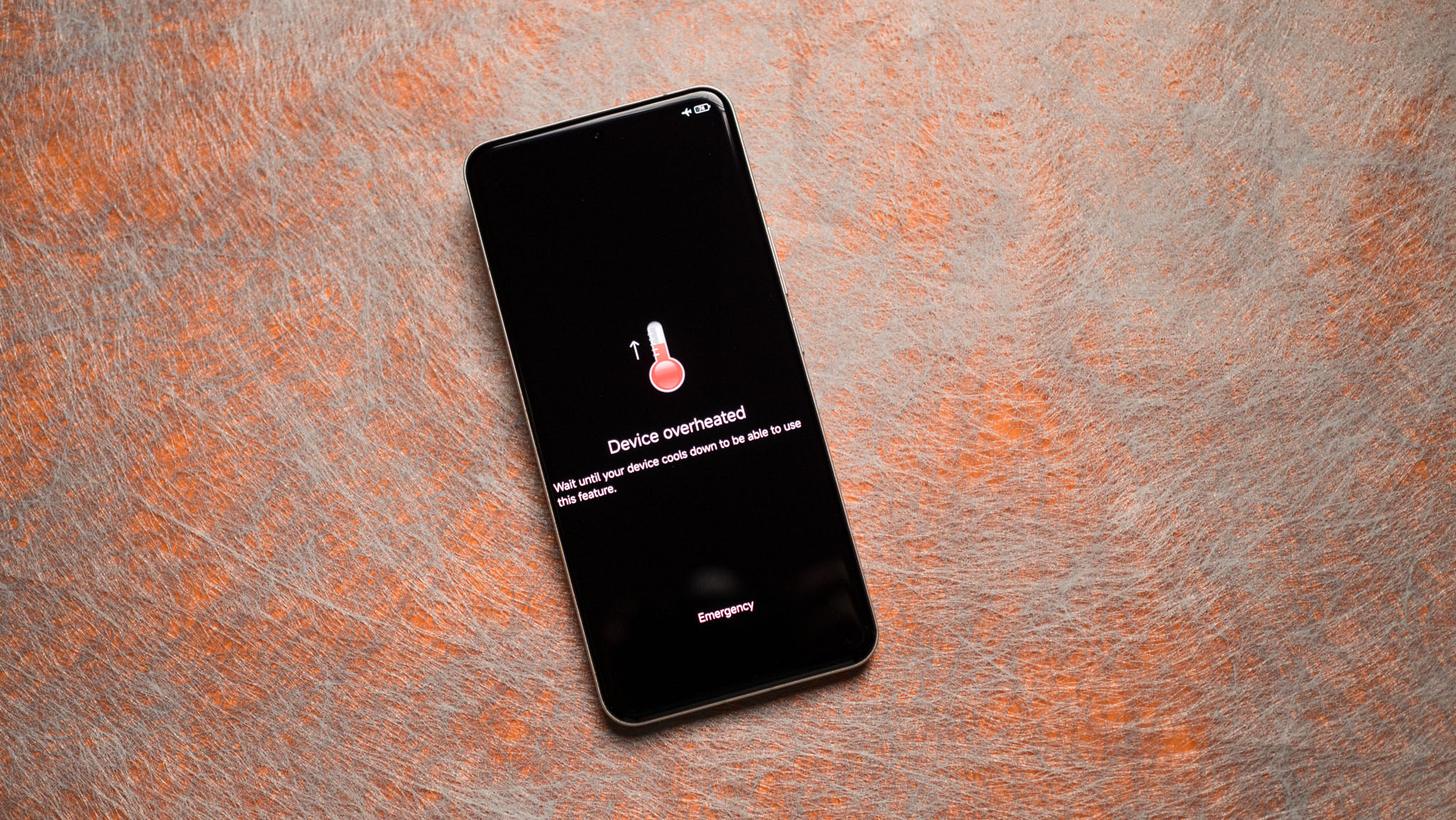
That said, the device doesn't overheat in regular use, and while it tends to get hot after extended gaming sessions, it isn't uncomfortable to hold.
Xiaomi is known to deliver a good hardware package, and it didn't leave anything out here; the Xiaomi 14 Ultra includes Wi-Fi 7, Bluetooth 5.4, global Sub-6 5G bands, NFC, the entire suite of AptX audio codecs, and USB-C 3.2 with DisplayPort, allowing you to mirror the device to an external monitor.
The vibration motor is fantastic as well, delivering exquisite feedback when using the keyboard and navigating the interface. I didn't see any issues with connectivity or the rest of the radios, and the Xiaomi 14 Ultra is one of the most feature-rich phones you can get today.
Xiaomi 14 Ultra: Battery life

Xiaomi isn't changing anything around the battery, and the Xiaomi 14 Ultra has the same 5,000mAh battery as its predecessor. You get the same 90W charging tech as well, and it takes just over 35 minutes to charge the battery. What I like about Xiaomi's charging tech is that it uses the USB PD 3.0 standard, and the bundled 90W charger is great at charging a whole host of other devices in addition to the phone.
Xiaomi also offers wireless charging on the device, and it goes up to 80W. That said, the brand doesn't sell its wireless charger in most countries, and it goes down to 15W when using a regular Qi charging mat.
Thanks to the large battery, the Xiaomi 14 Ultra manages to last well over a day without any issues whatsoever. It lasts a little longer than its predecessor, and even with heavy use, it delivers over a day's worth of power consistently. To be honest, battery anxiety really isn't a thing in 2024, and with most high-end phones offering 5000mAh or larger batteries, you're guaranteed to get a day's worth of use without any hassle.
Xiaomi 14 Ultra: Cameras
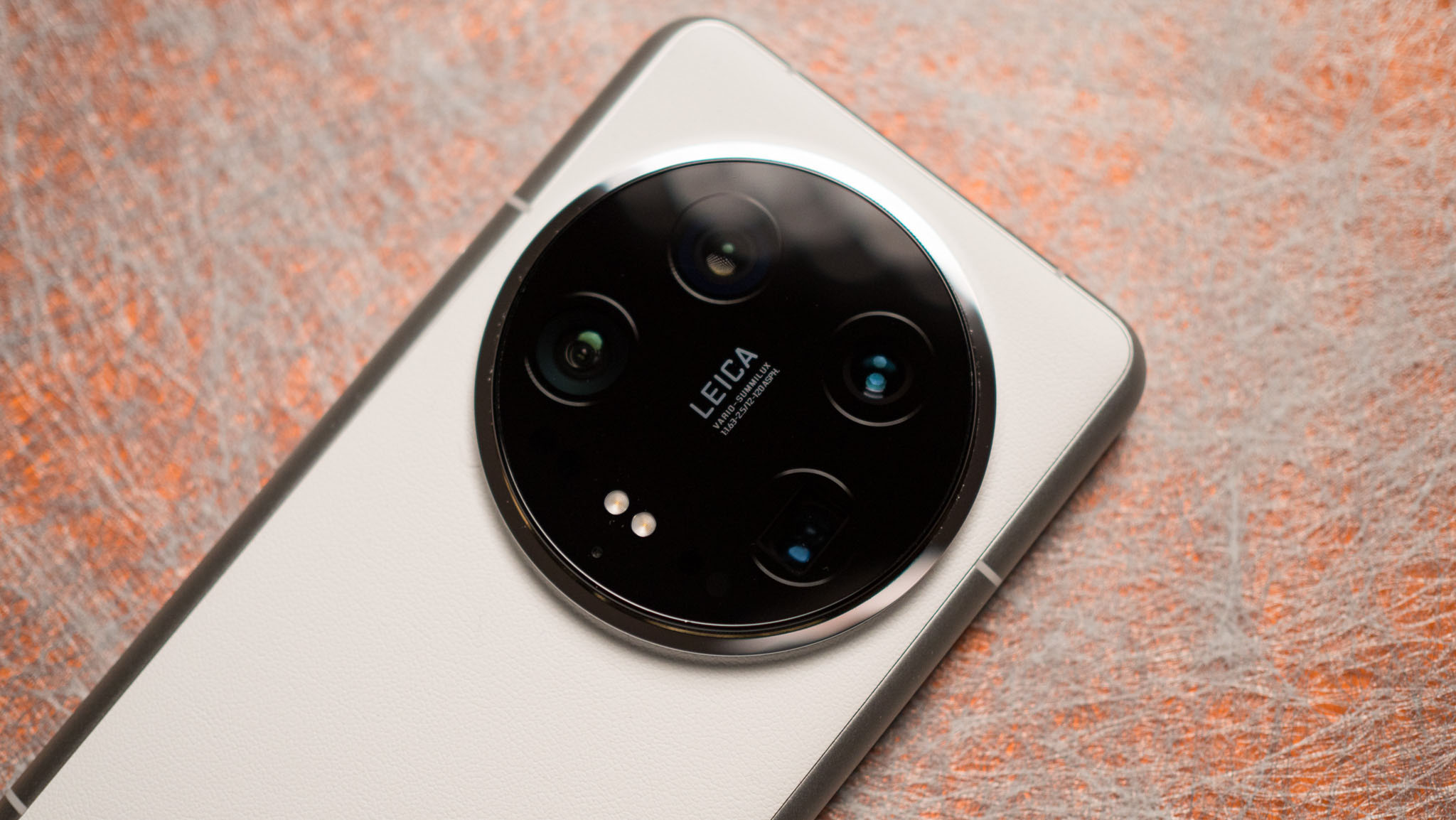
The Xiaomi 13 Ultra had the best cameras of any phone I tested in 2023, so I was keen to take a look at what the Xiaomi 14 Ultra has to offer in this area. Thankfully, Xiaomi hasn't made too many changes in this area — the phone has quad 50MP cameras this time as well — and the Xiaomi 14 Ultra retains a lot of the same great features that made its predecessor stand out.
The main camera is a 1-inch 50MP Sony LYT-900 module, and the key talking point is that it uses variable aperture, going from f/1.6 all the way to f/4.0. There's limited adjustability in auto mode, but the Pro mode unlocks the full potential of the module. You get a 50MP wide-angle lens that uses a Sony IMX858 module, and two 50MP telephoto lenses, one that goes up to 3.2x optical zoom and the other up to 5x.
Xiaomi isn't the only manufacturer offering two telephoto modules, with the Find X7 Ultra also going this route. There's OIS on three of the lenses (the wide-angle misses out), and at the front Xiaomi offers a 32MP camera — identical to last year.
The Leica partnership brings a slate of shooting modes and effects, and you'll need to pick between Leica Vibrant and Leica Authentic modes for stills — I prefer to use the Vibrant mode as it delivers better colors. There are more shooting modes than you'll end up using, and Xiaomi didn't leave anything out.





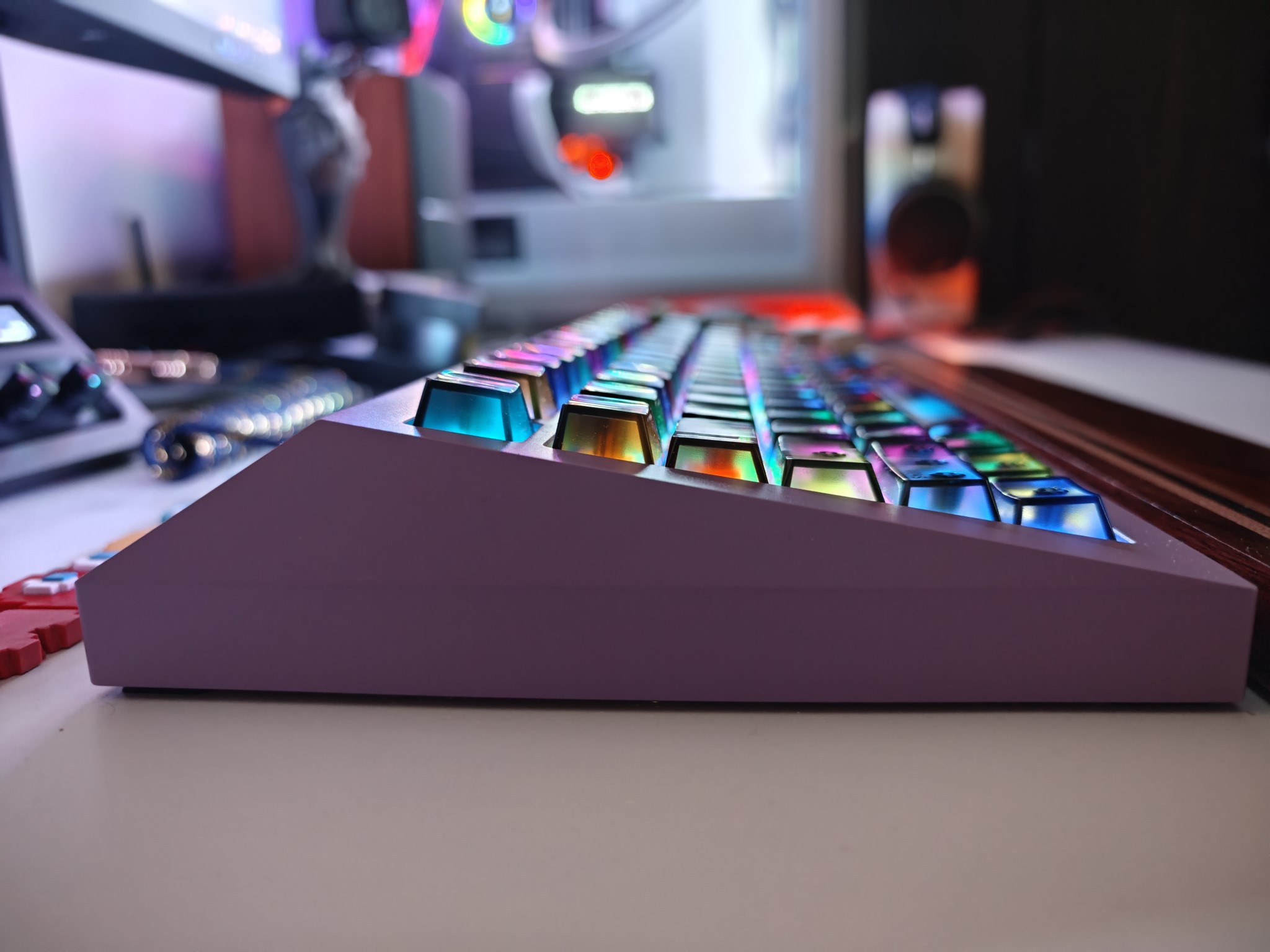



The Xiaomi 14 Ultra takes fantastic photos in daylight conditions, delivering excellent dynamic range, color vibrancy, and rendition. I don't have anything to fault with the camera in daylight scenarios, and the wide-angle lens does a good job serving up a similar caliber of shots as the main lens.
Where the phone truly comes into its own is portrait shots; I got better images out of the Xiaomi 14 Ultra than my mirrorless, and this is the biggest reason why I use the device. It also does a great job with moving subjects; we have a nine-month-old who doesn't sit still for more than a few seconds, and the Xiaomi 14 Ultra is able to keep up with her.
I haven't used the telephoto lenses all that much, but they are better than last year — even though Xiaomi is using the same camera modules. Tweaks to its camera tuning means you get better detail at 3.2x and 5x, and what's evident this year is how good the shots are at up to 10x and even beyond.
The Xiaomi 14 Ultra excels in low-light scenarios, and even with little to no ambient light, the phone somehow manages to deliver usable shots. I've always maintained that Google makes the best cameras, but that hasn't been the case for over a year now, and the Xiaomi 14 Ultra extends Xiaomi's lead in this area.
The Xiaomi 14 Ultra is leagues ahead of the Galaxy S24 Ultra and even edges out the Honor Magic 6 Pro in most scenarios. I think its biggest rival is the Find X7 Ultra, but with that phone limited to China, Xiaomi doesn't really have a contender that delivers the same caliber of photos and videos. If you take a lot of photos and videos, the Xiaomi 14 Ultra is the best phone of 2024.
Xiaomi 14 Ultra: Software
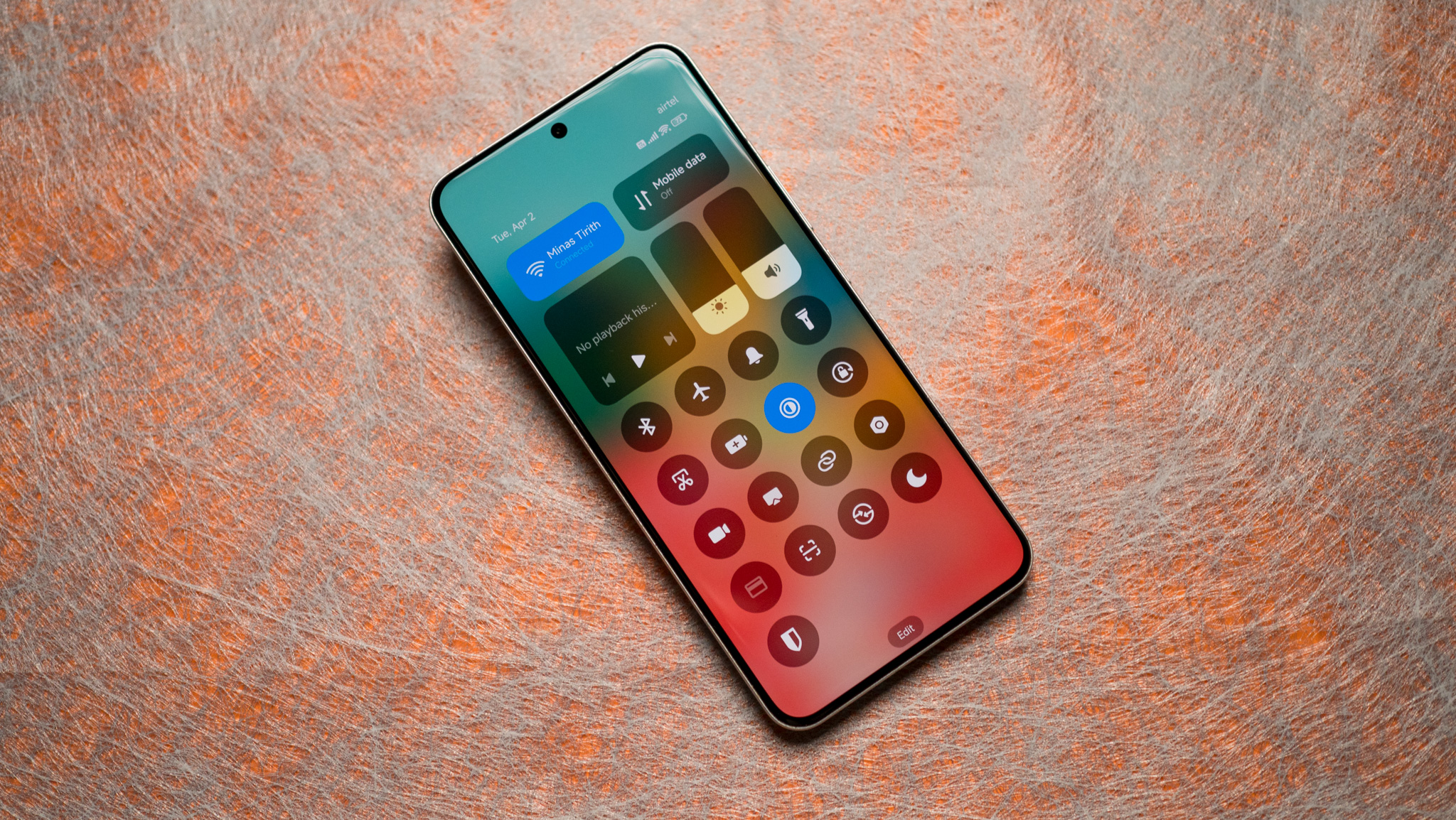
Xiaomi made a big deal of its software overhaul, and at the outset, there isn't anything noticeably different. HyperOS 1.0 is based on Android 14, and in a lot of ways, it is virtually indistinguishable from MIUI 14. In fact, the Xiaomi 14 Ultra doesn't have any meaningful new additions on the software side of things.
While the software may not have any groundbreaking features, it is fluid like no other Xiaomi phone. This is true with the standard Xiaomi 14 as well, and the brand deserves credit for finally optimizing its software so that it runs fluidly on Qualcomm's high-end hardware. The difference is noticeable against the Xiaomi 13 Ultra, and it makes using the device that much more enjoyable.
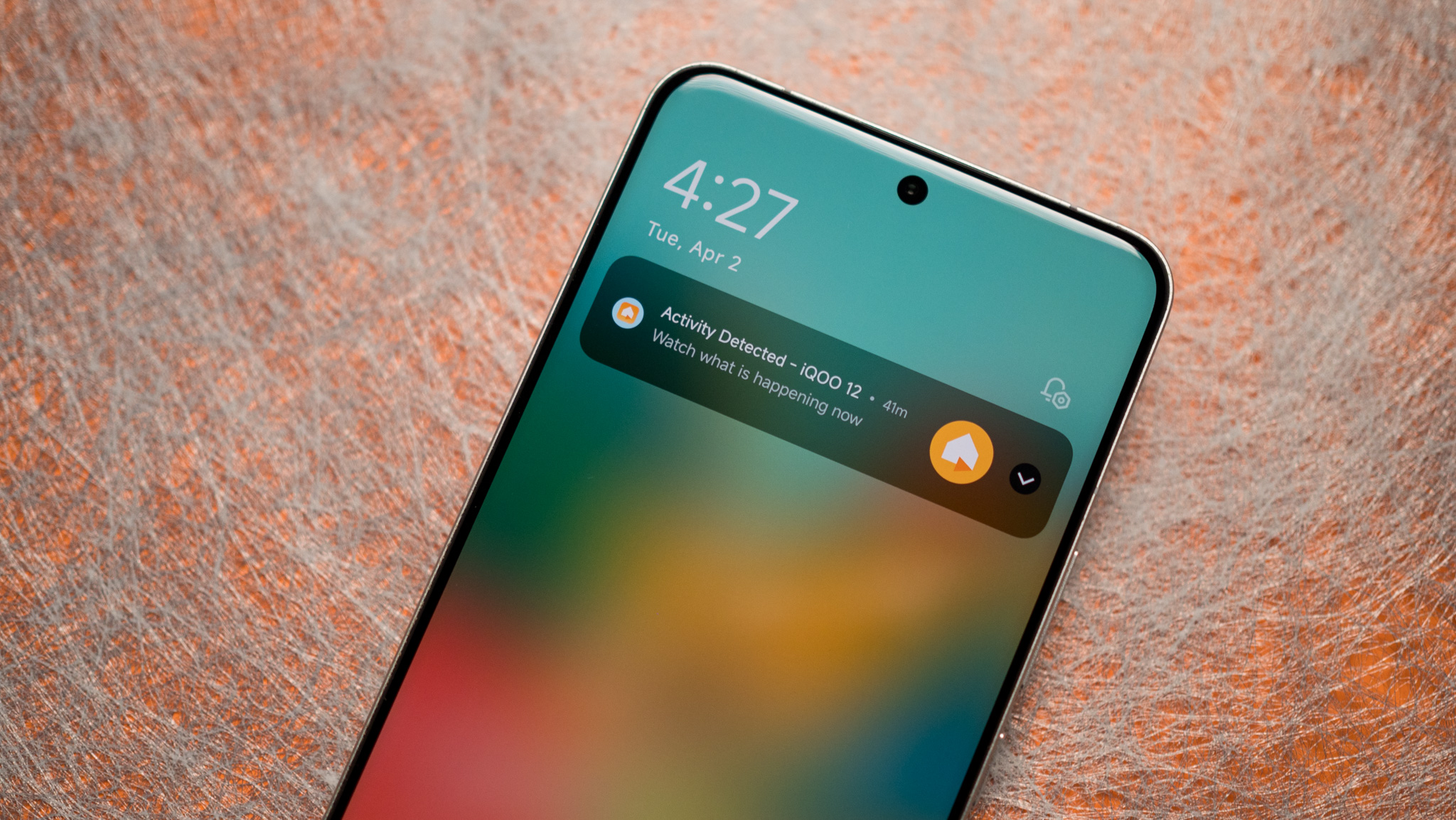
That said, there are a few frustrations — as is always the case with Xiaomi. The brand has offered a Control Center-style split notification pane for over three years now, but it was always optional; that isn't the case now. There is no way to get a unified notification pane with toggles and notifications in the same window, and that's irksome.
But what particularly bothers me is that the toggles section doesn't have any text labels. This makes it highly annoying to use, and it always took a lot longer to pull up a setting — whether it's launching Tailscale, accessing Bitwarden, or just toggling the flashlight — than on any other phone. I don't know what Xiaomi was trying to achieve here, but if the goal was to make the notification pane harder to use, it succeeded.
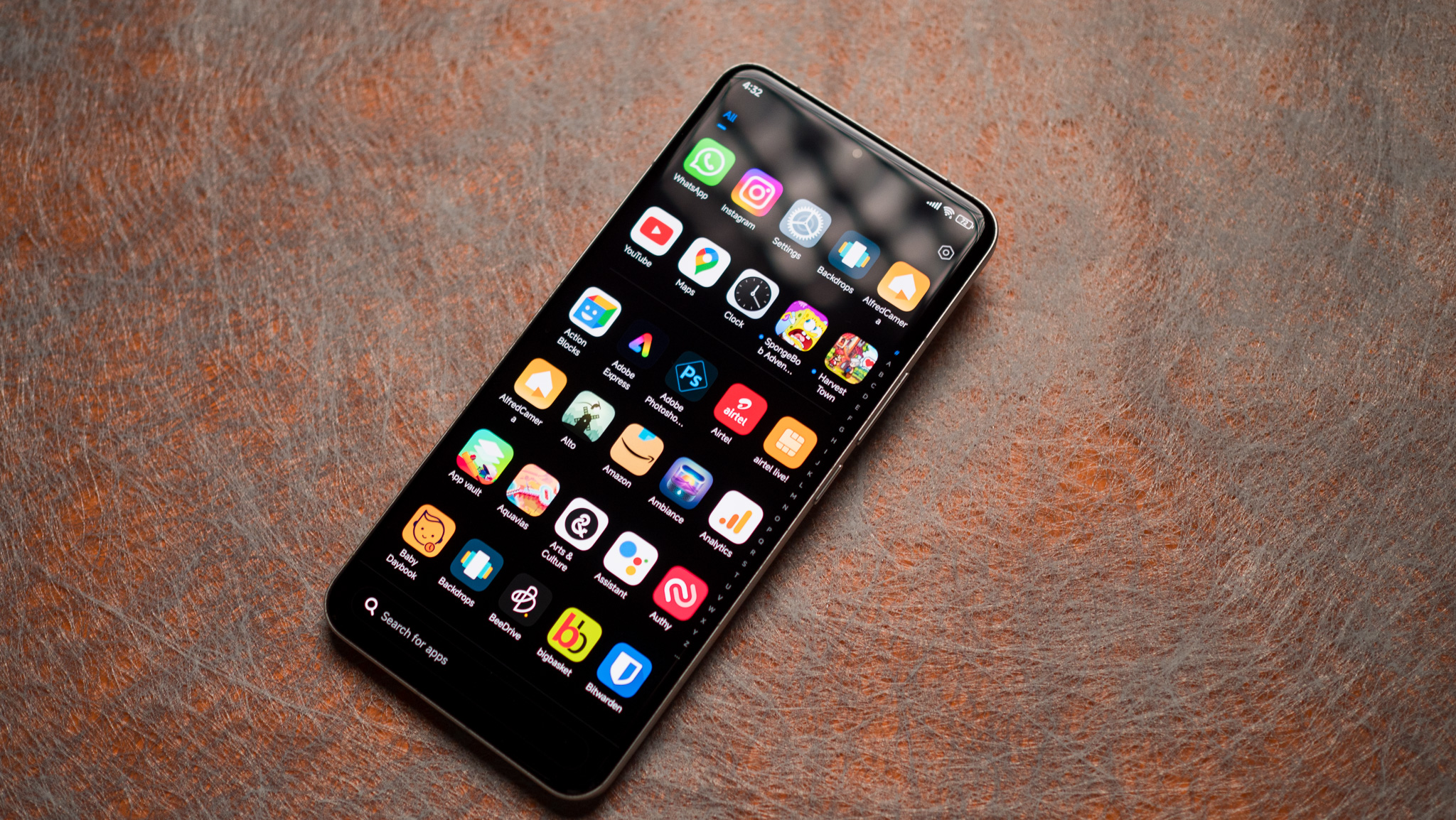
As for the notification section, a pull-down on a notification doesn't reveal additional details — you'll need to use the arrow down button that's located to the right. This is different to how Google, Samsung, and ASUS do things, and I don't understand why Xiaomi couldn't have retained the same system as MIUI 14.
But that's my only quibble with the software. I still think that Xiaomi's software is in need of a visual overhaul; ColorOS does a better job integrating Material You with a unique visual aesthetic. The only customization feature that's new is the ability to change the look of the lock screen, and it is nearly identical to what you get in One UI 6.
When it comes to software updates, Xiaomi guarantees four platform updates along with five years of security updates. That's in line with what other Chinese brands offer, but I'm not convinced that Xiaomi can deliver software updates on time. That may change in the coming months, but until now, Xiaomi was the last of the major Chinese manufacturers to deliver platform updates to its phones.
Xiaomi 14 Ultra: The alternatives
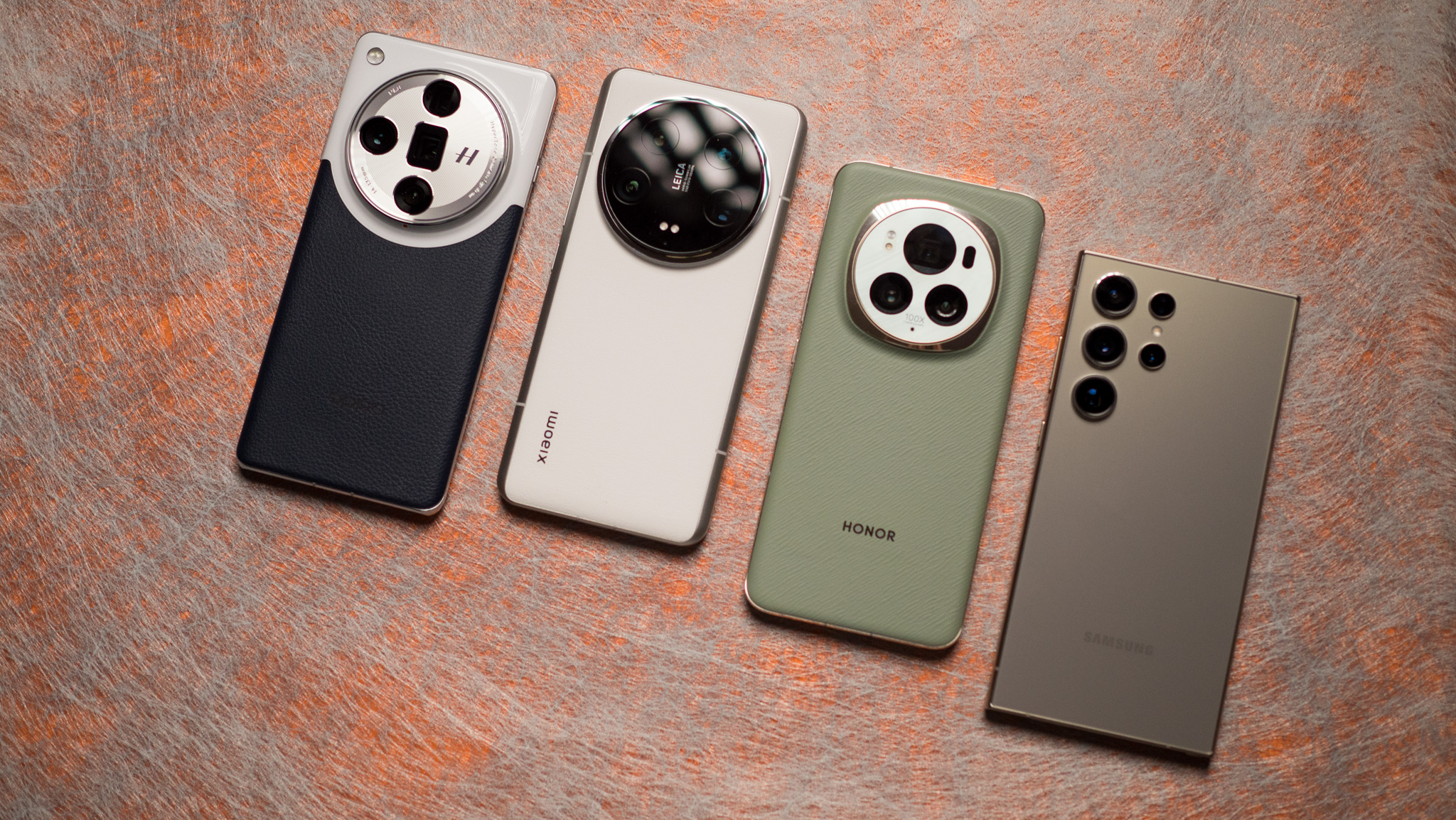
Honor's Magic 6 Pro comes close to the Xiaomi 14 Ultra when it comes to the cameras, and the phone is available globally. The phone has a brighter screen and lasts longer, and while its zoom lens isn't as versatile as the Xiaomi 14 Ultra, the main camera and wide-angle lenses take amazing shots in just about any scenario. And at £1,099, it is £200 less than what the Xiaomi 14 Ultra costs in the U.K.
I like the Find X7 Ultra quite a bit as well, and if anything, it takes slightly better portrait shots than the Xiaomi 14 Ultra — no small feat. However, the device is limited to China, and there are so many issues with the software that I'm not going to recommend it.
The Galaxy S24 Ultra inevitably gets a mention because it is the default choice in most countries, but Samsung has played it too safe this year — to the detriment of the device. The Galaxy S24 Ultra has all the extras you need, and the phone feels great to hold and use. While the camera modules haven't changed, Samsung made plenty of tweaks to its algorithms to deliver better photos, but the phone doesn't measure up to the Xiaomi 14 Ultra in challenging scenarios.
Xiaomi 14 Ultra: Should you buy it?
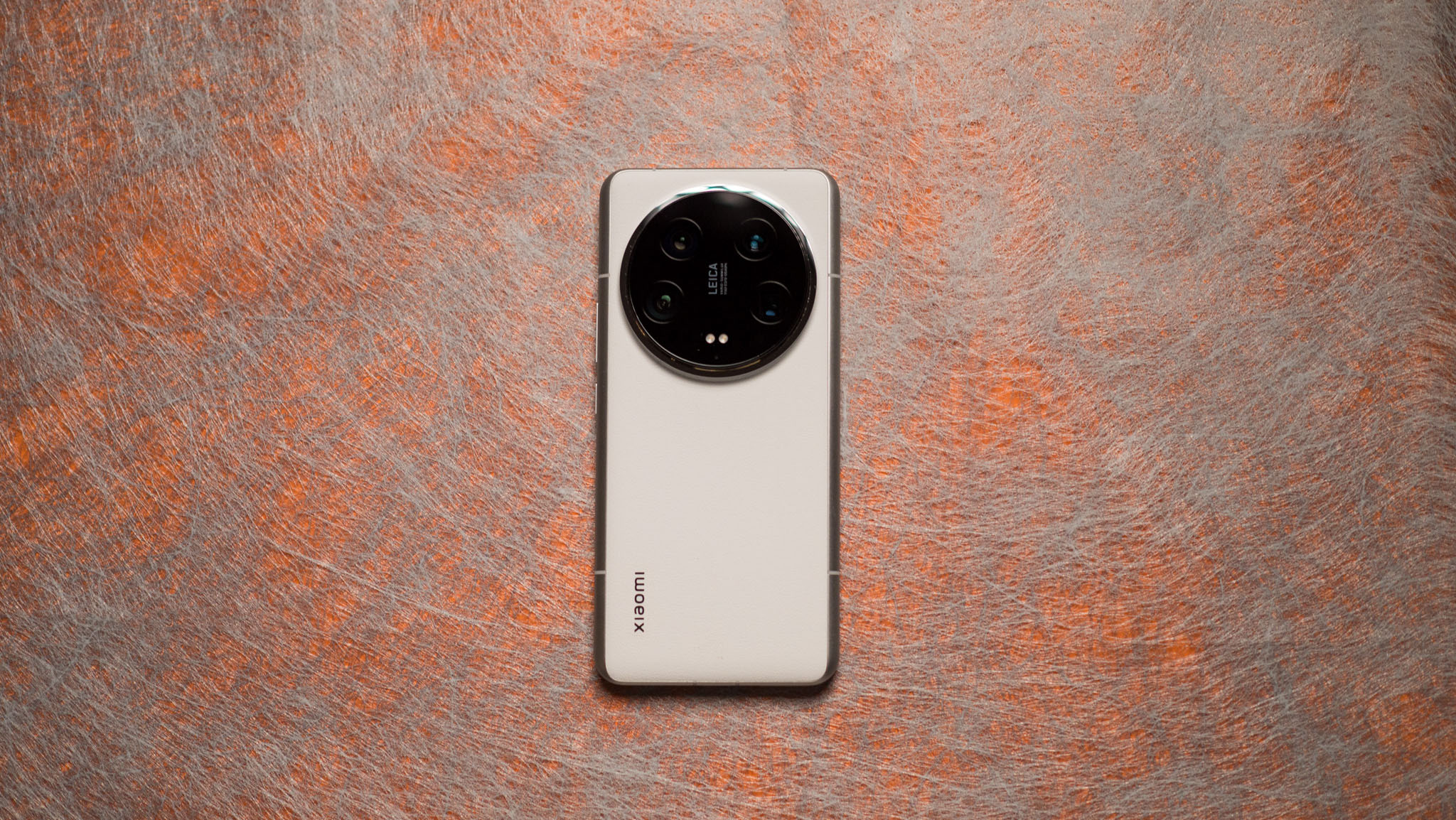
You should buy this if:
- You want the best camera phone available today
- You want a gorgeous design that's great to hold and use
- You need standout battery life
- You want long-term software updates
You shouldn't buy this if:
- You need the best value
Xiaomi got a lot right with its phone strategy in 2024. The Xiaomi 14 is a fantastic device that combines high-end internals and standout cameras in a chassis that's smaller than its rivals, and I liked using the device so much that I didn't switch out well past the review window.
The Xiaomi 14 Ultra is in a league of its own. I'm not exaggerating when I say that this is my favorite phone of 2024; I got close to 30 devices this year — including all the flagships — and it has a better in-hand feel than just about any other phone. But that's not why I like the phone so much — it's the cameras that truly differentiate the Xiaomi 14 Ultra from the rest of the pack.
The Find X7 Ultra and Magic 6 Pro come close to what Xiaomi is offering this year, but the Xiaomi 14 Ultra still has a slender edge when it comes to photos, and it handily beats the Galaxy S24 Ultra and Pixel 8 Pro. It's great to see Xiaomi bringing the device to additional markets this year, and its launch in India is a pivotal moment as the brand tries to change the status quo.
Xiaomi has been making flagships for the better part of a decade now, and the Xiaomi 14 Ultra is proof that the Chinese manufacturer can outshine the best that this segment has to offer.

Harish Jonnalagadda is Android Central's Senior Editor overseeing mobile coverage. In his current role, he leads the site's coverage of Chinese phone brands, networking products, and AV gear. He has been testing phones for over a decade, and has extensive experience in mobile hardware and the global semiconductor industry. Contact him on Twitter at @chunkynerd.
You must confirm your public display name before commenting
Please logout and then login again, you will then be prompted to enter your display name.
